How Can We Improve Education?
How can we improve education? Our current system is designed to publish common goals that drive our common actions and performance.
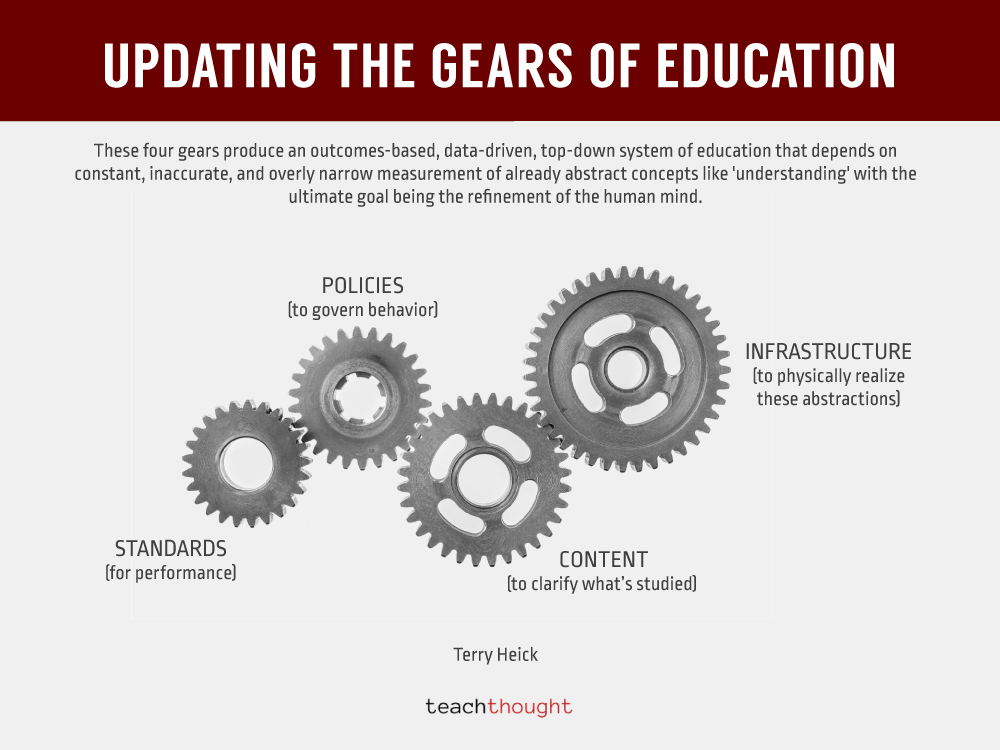
How can we improve education? Our current system is designed to publish common goals that drive our common actions and performance.
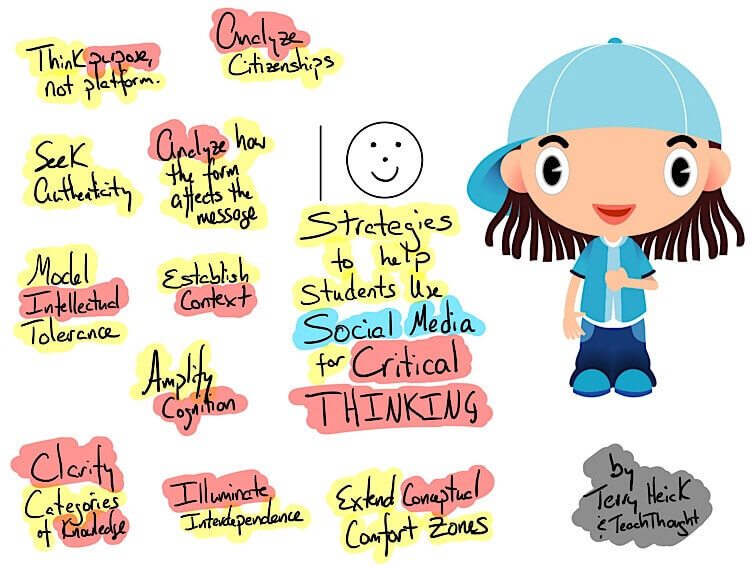
It would make sense that as tech becomes more integrated, accessible, and smarter, those connections will deepen as our priorities change.
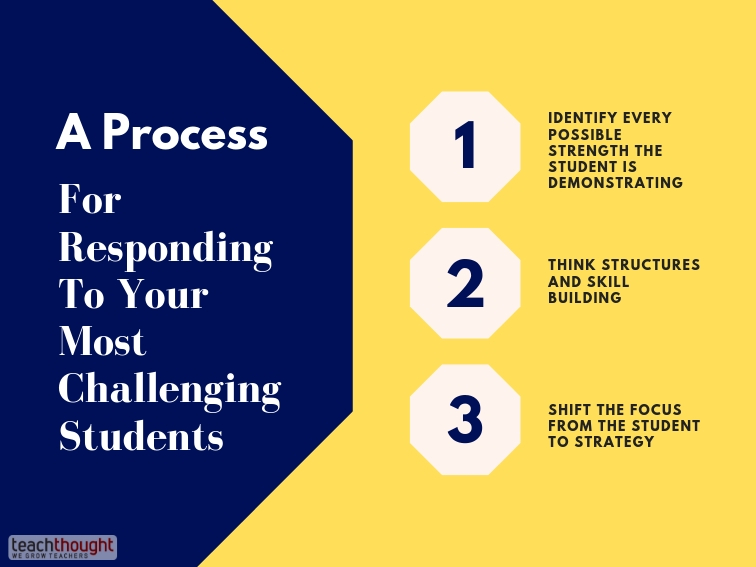
The students’ strengths–and your trust–are two tools that can help you form a relationship when working with challenging students.
It was because I changed my policy on zeroes mid-year that this student was afforded the opportunity to pass when everything looked bleak.

How Students Organize Their Language Arts Binders by Terry Heick For many humanities teachers, how you have students organize their class binders–or if you have them keep one at all–says a lot about how you view that content area. Like an architect’s drawing table or a painter’s palette, for a teacher of any humanities course–especially…
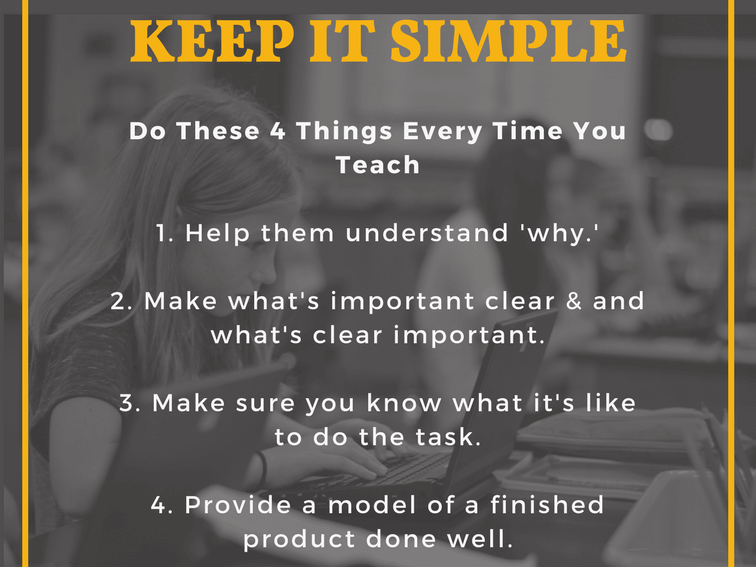
There are unpredictable ways your lesson can trigger a wound. Teachers can reduce those sudden reactions by providing directions in 4 ways.
Stress cuts off students’ access to higher-level networks of higher-order thinking, logic, creative problem solving, and analytical judgment.
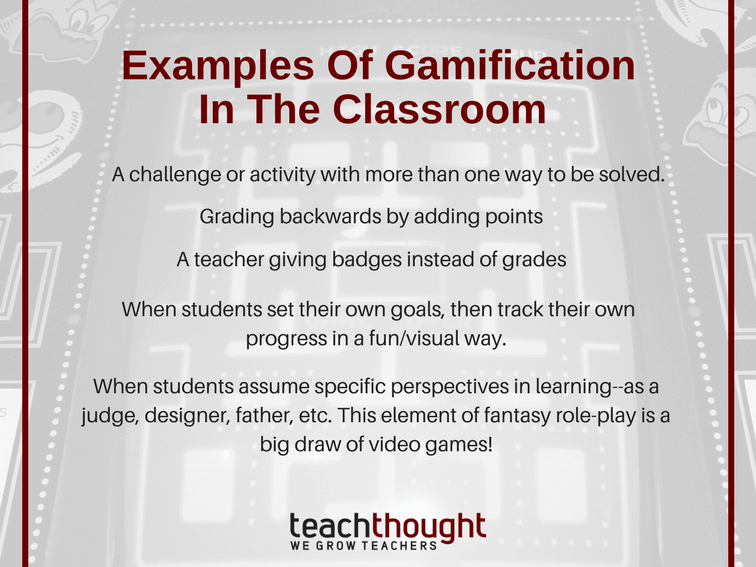
Examples of gamification include additive grading, using levels of progress, creating learning badges or trophies to include, and more.
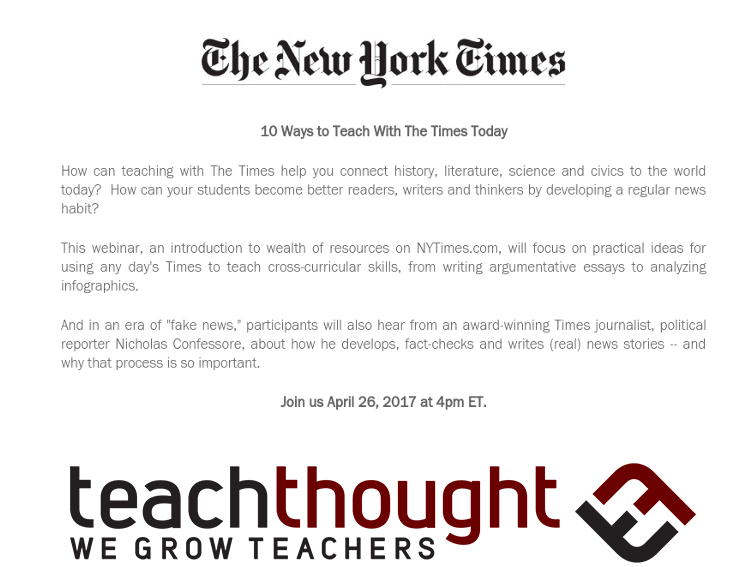
Participants will hear from political reporter Nicholas Confessore, about how he develops, fact-checks and writes news stories.
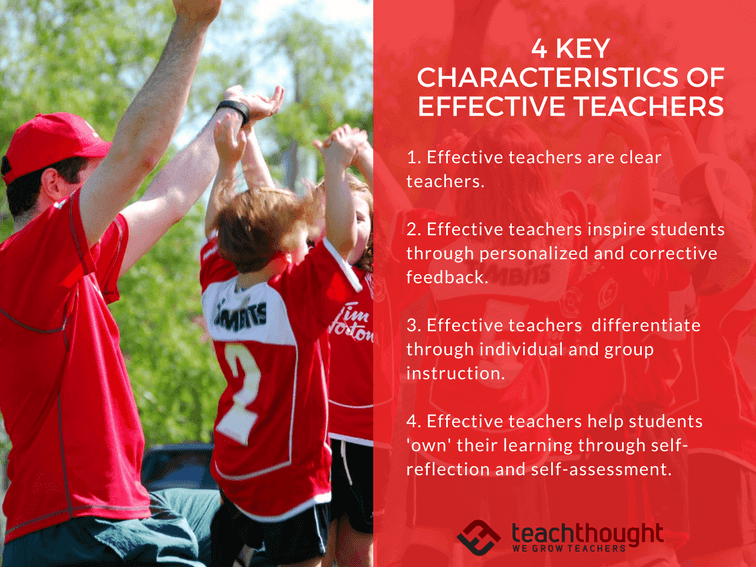
When a student demonstrates skill mastery, great teachers support deeper thinking and learning through authentic application of learning.
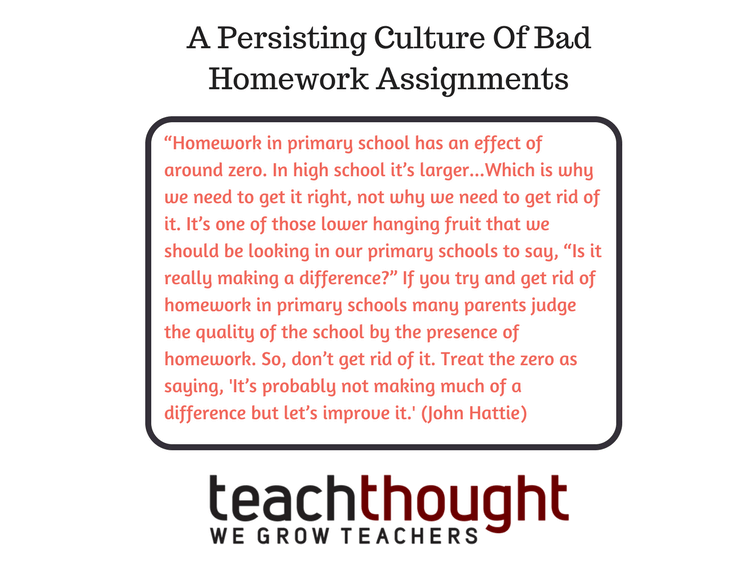
In a culture so heavily invested in progress, the anomaly of unattended and unmoderated homework assignment seems scandalously peculiar.

Here are 5 key factors for teachers and students to consider that can create a powerful synergy for improving engagement and learning.